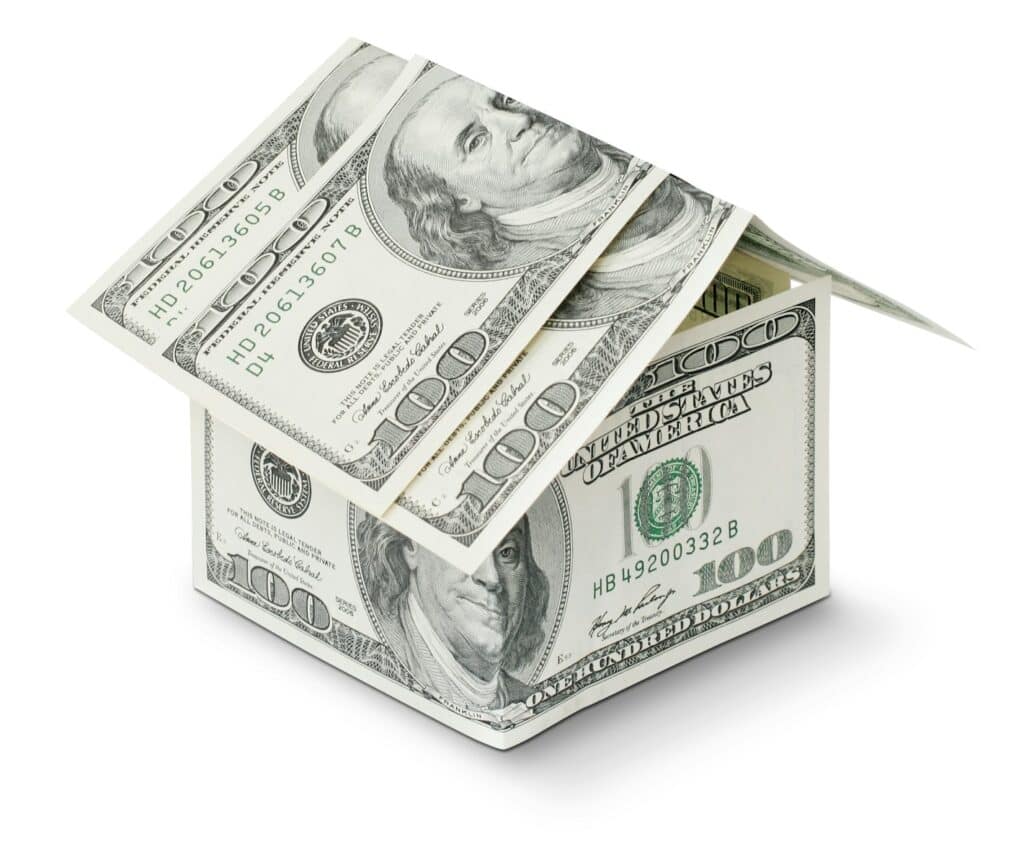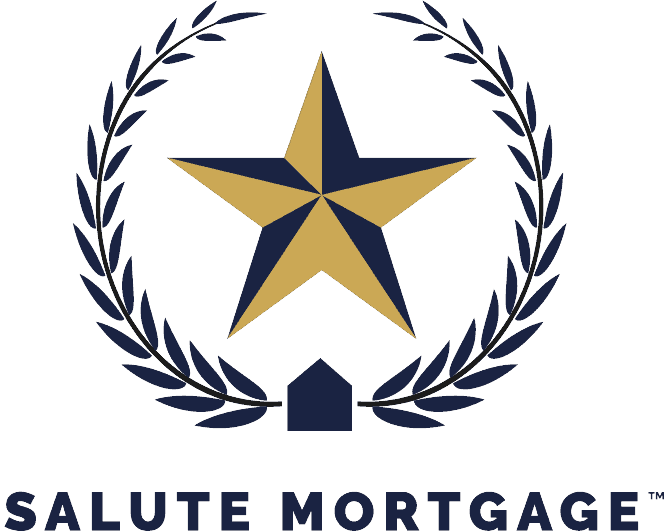Turn Built-Up Equity Into Cash with a Cash-Out Refinance
Need funds for a remodel, debt consolidation, or a big-ticket goal? A cash-out refinance replaces your existing mortgage with a larger one, letting you tap the difference in cash—often at a lower rate than credit cards or personal loans.
Get Your QuoteTakes 60 seconds. No credit impact.
How a Cash-Out Refinance Works
Example:
Home value: $450,000
Max LTV (80 %): $360,000
Existing loan: $280,000
Cash available: ≈ $80,000 (minus closing costs)
Why Choose a Cash-Out Refinance?
Cash-Out Refinance Requirements
See if you qualify for a cash-out refinanceMinimum Credit Score
620+ conventional · 580+ FHA · 580+ VA
Loan-to-Value (LTV)
≤ 80 % conventional · ≤ 85 % FHA · 100 % VA cash-out
Seasoning
6+ months since last mortgage was opened
Debt-to-Income (DTI)
≤ 45 % (some flexibility with strong credit)
Home Type
1–4 unit primary residence (second homes & investment properties allowed case-by-case)
Cash-Out Refi vs. HELOC vs. Home Equity Loan
When deciding between a cash-out refinance, a HELOC, or a home equity loan, it comes down to your financial goals and how you plan to use the money. A cash-out refinance is usually the best fit for homeowners who want a large, one-time payout and the stability of a fixed-rate mortgage rolled into a single loan. A HELOC works well if you need ongoing access to funds and want the flexibility of drawing money only when expenses come up. Meanwhile, a home equity loan offers predictability with a lump sum and fixed payments, making it ideal for borrowers with a defined project budget. By understanding these differences, you can choose the option that best matches your needs, whether that’s paying off debt, funding renovations, or covering unexpected expenses.
Popular Uses for Cash-Out Funds
The Cash-Out Refinance Process
See What You Qualify For
Is a Cash-Out Refi Right for You?
Calculate your break-even point: divide total closing costs by monthly savings to see how quickly the new loan pays for itself. If the math works—and you need lump-sum cash—a cash-out refinance is often the most cost-effective solution.
Cash-Out Refinance FAQs
A cash-out refinance allows you to replace your existing mortgage with a new one for more than you currently owe—and take the difference out in cash. It’s a great way to access the equity you’ve built in your home and use it for major expenses like renovations, debt consolidation, or education costs.
The amount you can access depends on your home’s value, current mortgage balance, and lender guidelines. Most cash-out refinance programs allow you to borrow up to 80% of your home’s appraised value, but exact limits can vary. We’ll help you determine your available equity.
It depends. If you’re increasing your loan amount significantly or changing your loan term, your monthly payment may go up. However, many homeowners still benefit from lower interest rates or better terms, especially if they’re consolidating high-interest debt.
There are no restrictions on how you use the funds. Homeowners often use cash-out refinancing for home improvements, paying off credit cards, funding college tuition, or building an emergency fund. It’s your equity—use it where it matters most to you.
Ready to explore your numbers?
Our refinance specialists compare cash-out refinance rates, run side-by-side loan scenarios, and guide you from application to closing.
Get Your Quote